PS-18/A - Sweden’s Eye on the Baltic Sea
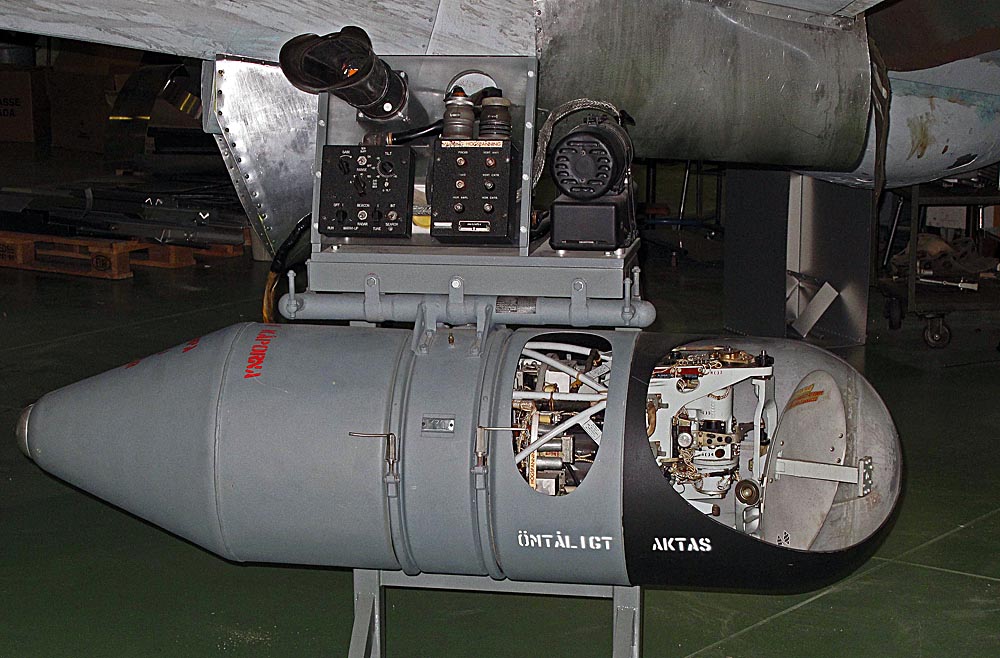
Author of pic: Unknown, retrieved from: Flygradarstation PS-18 PS-18/A by Alf Gustavsson
The text reads: “~Fragile | handle with care”
The PS-18/A is a reconnaissance, search and air to surface radar pod, used primarily on the reconnaissance version of the Saab 18 known as S 18A within the Swedish Air Force. It has seen service on many aircraft types such as the P-82 (F-82), C-47 and even the F4U Corsair, under the designation AN/APS-4.
The PS-18/A is more famously known as the AN/APS-4, as previously stated. The AN/APS-4 was a British radar unit used primarily by the RAF, the Swedish Air Force (SwAF) and the USAF. It became notable for its versatility across a wide variety of aircraft.
Unlike the majority of radars of its era, which operated in the 10 cm S-band, the APS-4 functioned in the X-band with a wavelength of 3 cm. This innovation allowed for a significantly smaller antenna and made it possible to house the system in a streamlined pod, externally mounted in a fiberglass fairing under a wing or fuselage. The pod closely resembled a 500 lb (230 kg) bomb in appearance.
The radar’s operating range made it suitable for multiple roles: large ships could be detected at roughly 15 miles (24 km), aircraft at about 5 miles (8 km), and coastlines at distances of up to 75 miles (121 km). Operators could adjust the display to 4, 20, 50, or 100 nautical miles (6, 30, 80, and 160 km). Peak power output varied between 40 and 70 kW depending on the version, with pulse repetition rates selectable at either 600 or 1000 pulses per second. The system consisted of a control box, one or two displays with amplifiers, a transmitter-receiver, an antenna, and a junction box. The radar beam formed a 6° cone and could be directed in three modes: manual, where the operator controlled elevation; search, which provided a 150° azimuth scan with two vertical sweeps; and intercept, which produced a four-line vertical scan covering 24°. Results were shown on one or two 3-inch (7.62 cm) indicators.
The beam could be directed in three modes, manual, search and intercept.
In U.S. service, the APS-4 was fitted to aircraft such as the Douglas C-47 Skytrain, North American P-82D/F/H Twin Mustang, Vought F4U-2/5N Corsair, Grumman F6F-3/5 Hellcat, Curtiss SB2C-5 Helldiver, Grumman TBF-3 and TBM-3S Avenger, and the Curtiss SC Seahawk.
In the Fleet Air Arm and RAF it was designated ASV Mark IX, where it equipped types like the Fairey Firefly, Fairey Barracuda, de Havilland Mosquito, and a limited number of Grumman Avengers. Two notable variants followed: the AN/APS-5, an improved development, and the APS-6, a simplified version tailored for single-seat fighters. Notably, the APS-6 can be found in game on the F6F-3 (US, FR).
PS-18/A in Swedish Service
The PS-18/A was most commonly mounted on the S 18A, but was also used on the “normal” bomber and torpedo bomber verisons that can be found in game; B 18A, B 18B and T 18B.
In the years following the Second World War, Sweden acquired around 40 surplus AN/APS-4 airborne radar sets from the United States, which were designated PS-18/A in Swedish service.
Operational use in Sweden began at the reconnaissance wing F 11 in Nyköping, where 20 S 18A aircraft were equipped with the radar. The wing’s mission involved maritime surveillance, including the early detection and identification of ships and convoys, as well as determining their position, number, course, and speed. This made it possible to document “normal” traffic patterns in the Baltic Sea, while deviations triggered reconnaissance flights to collect intelligence.
For the first time, the Swedish Air Force was able to conduct these missions with the support of airborne radar, a dramatic improvement over traditional visual observation methods. Before being fitted to aircraft, the PS-18 systems were inspected and modified at CVA (the Central Aircraft Workshop of Arboga).
Initial trials were carried out at the test center in Linköping, and tactical evaluations were conducted by the reconnaissance division at F 3 in Malmslätt. A smaller number of B/T 18B aircraft at F 17 were also equipped with the PS-18, where they were employed as target markers.
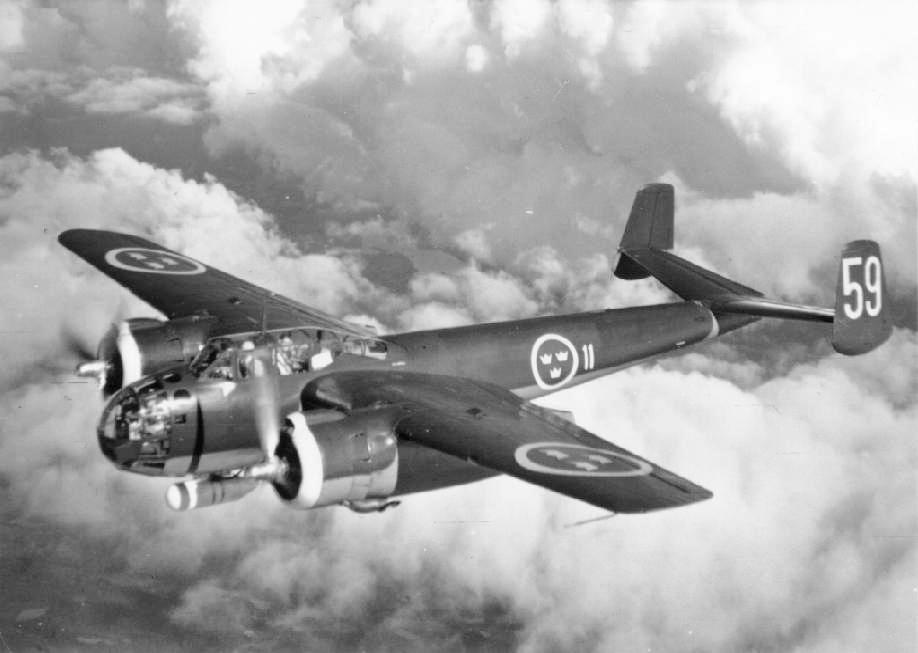
Saab S 18A with a PS-18/A.
The unit was to be mounted on the armoured bottom of the cockpit section, (where the front bay is located on the T 18B to allow for torpedoes.) The unit itself was fastened with three mounting bolts and consisted out of 6 or 7 main devices: The radar pod, the main unit housing the radar and its electronics, a junction box, where the radar pod would connect with the aircraft’s electronics and other units. The junction box would be connected to the manouvering unit. The junction box would additionally connect to the amplifier which would then connect to the monitor system (radar screen). A second monitor could also be installed. These displays could be set for ranges of 4, 20, 50, and 100 nautical miles (6, 30, 80, and 160 km). The last unit (that would also connect to the junction box) was the radar converter. A radar converter transforms energy or signals, such as power, frequency, or pulse shape, so the transmitter, receiver, and processing units can operate effectively.
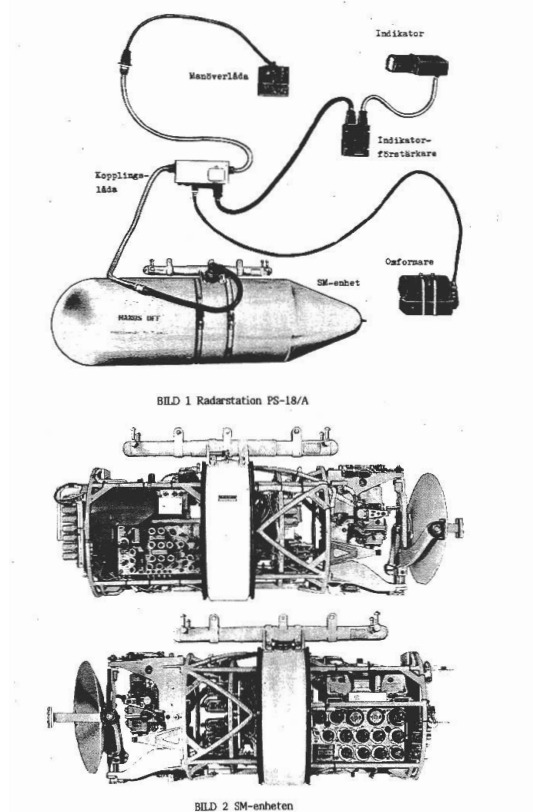 Picture owner is unclear for these two, but can be found in the PDF below.
Picture owner is unclear for these two, but can be found in the PDF below.
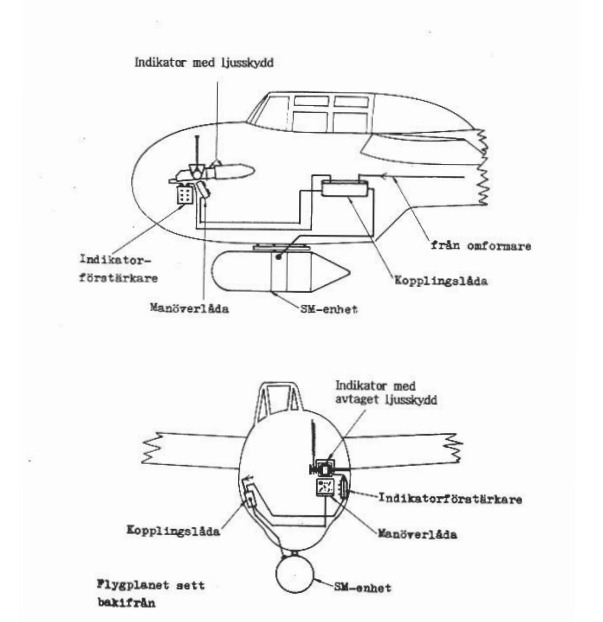
One of the few PS-18/A if not the only PS-18/A left is located at Flygvapenmuseum in Linköping - Sweden, and is the very same unit as seen on the top picture.
Fun facts and general, yet important differences:
-All PS-18/A had to be recalibrated and redesignated from imperial units to metric ones.
-The beacon navigation function was disconnected. And a sea clutter filter, a simple switchable shortened time constant in the video chain, was introduced. Thus, the maritime performance was improved.
-Circa 20 aircraft were outfitted with the PS-18/A.
-The entire unit could be jettisoned in an emergency, for example if you had a risk of the radar getting into enemy hands.
PS-18/A in War Thunder
The PS-18/A would be a relatively easy addition if the War Thunder Team would like an easier approach. This could be done by taking the exact same performance from the AN/APS-4, which is found on the Norwegian Mosquito FB Mk VI ASH of the Swedish tech tree, and adding the sea clutter filter as a pulse doppler function. It’s not the same as a pulse doppler filter, but similar War Thunder-wise.
The radar would find the best usage in naval, simulator and night battles, but could also be an advantage in ARB. Additionally, the AN/APS-4 could be added to more aircraft, including those mentioned earlier, but this post is only for the B 18A and B 18B, which I will get back to later in the text.
The radar pod should be able to be mounted via the load-out menu, as a modification, like seen on the Su-39.
Below is a load-out scheme for the aircraft with the radar compatibility. The white circle symbolizes the radar.
B 18A When equipped, replaces: Nothing
![]()
B 18B When equipped, replaces: Heavy rockets (front rocket rack)*
![]()
The PS-18/A and the T 18B
The T 18B was, according to several reports, capable of being equipped with this radar unit, and it was equipped with the radar. However, it’s never specified how it would have been mounted. The reason for this uncertainty is that the T 18, regardless of whether it carried a torpedo or a cannon - had a different lower fuselage section beneath the cockpit compared to the B/S 18 series. This suggests that an alternative, undocumented mounting method might have been used, which makes it fictional to include on the T 18B in War Thunder without proper evidence.
It’s possible the radar could have been mounted on the wing, but there’s no available proof to support this. Therefore, this suggestion only includes the PS-18/A radar for the B 18A and B 18B, both of which have photographic evidence confirming its use.
Radar placement
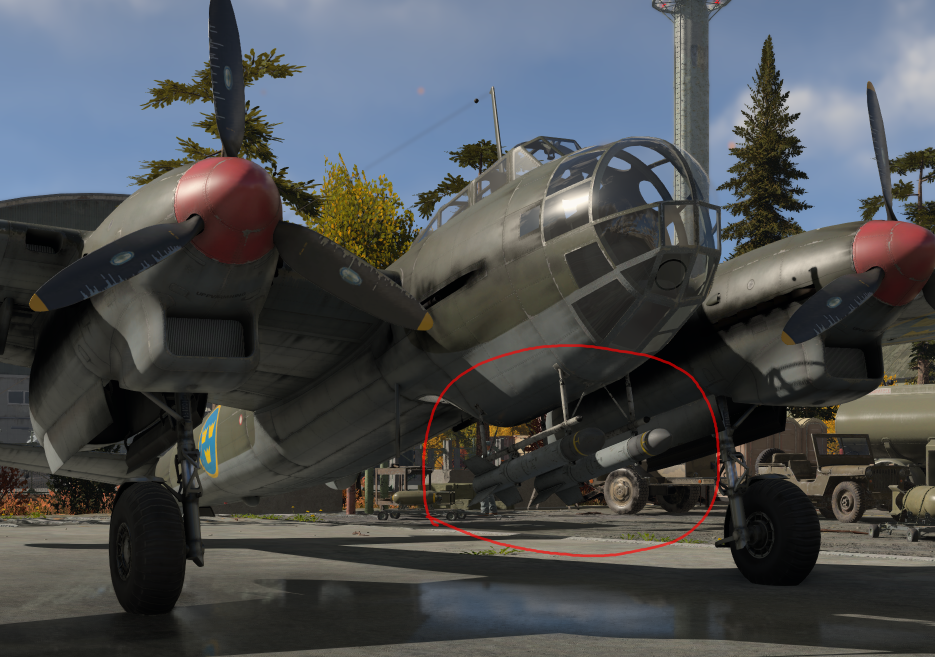
Pictures
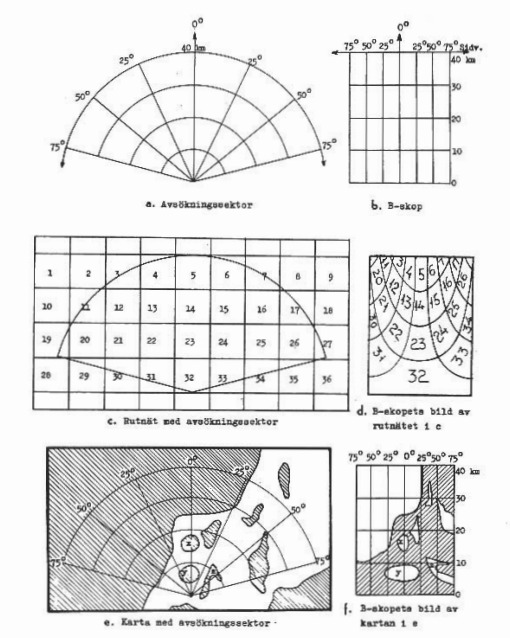
These pictures can also be found in the PDF below.
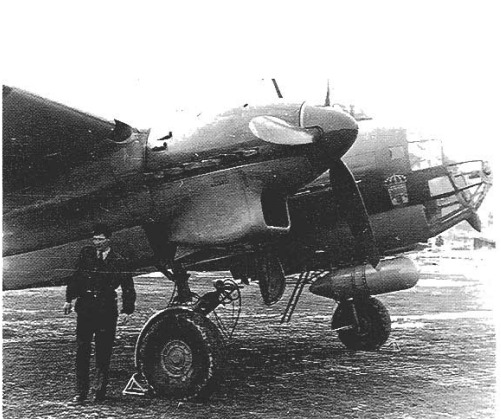
B 18B with PS-18/A
Data, specifications
| PS-18/A (AN/APS-4) | |
|---|---|
| Type: | Airborne air-to-surface search radar |
| Introduced: | 1943 |
| Frequency: | S-band main radar (~3.3 GHz); X-band magnetron (~9.3 GHz) |
| Intermediate frequency: | 60 MHz, bandwidth 2.7 MHz |
| Pulse length: | 0.6–1 μs (depending on range setting) |
| Pulse repetition frequency (PRF): | 600–1000 Hz |
| Peak power: | 35–40 kW (-70kW) |
| Beamwidth: | 6°–15° (horizontal and vertical, depending on settings) |
| Rotation: | 60 rpm |
| Range settings (km): | 6, 16, 40, 100, 240 |
| Range resolution: | 90 m |
| Max sweeping coverage (L–>R) | 150° |
| Normal detection range: | 24–80 km (for large ships, depending on conditions) |
| Range (aircraft): | Up to 10 km (~5.4 nmi) |
| Range (coastline): | Up to 120 km (~65 nmi) |
| Antenna / SM unit: | Weight ~72 kg; diameter 71 cm (28 in) |
| Azimuth coverage: | 320° |
| Accuracy: | ~5° |
| Known operators: | USA, UK, Sweden (as ASH and PS-18/A) |
Sources
AN/APS-4 search radar - Wikipedia
https://www.aef.se/FHT-dokument/Flygburen_spaningsradar_PS-18A.pdf
PS-18/A
Flygradarstation PS-18 PS-18/A
SAAB 18 - HISTORIK
Saab 18 – Wikipedia
SAAB 18 - FV o VERSIONER
https://www.aef.se/Avionik/PDF-filer/PS18_USN_APS-4_Tactical_use.pdf
War Thunder
Would you like to see the PS-18/A in War Thunder?
- Yes!
- No.
If you have a picture, or find more details for the T 18B’s usage of the PS-18/A, please leave them in the comments. Thank you for reading